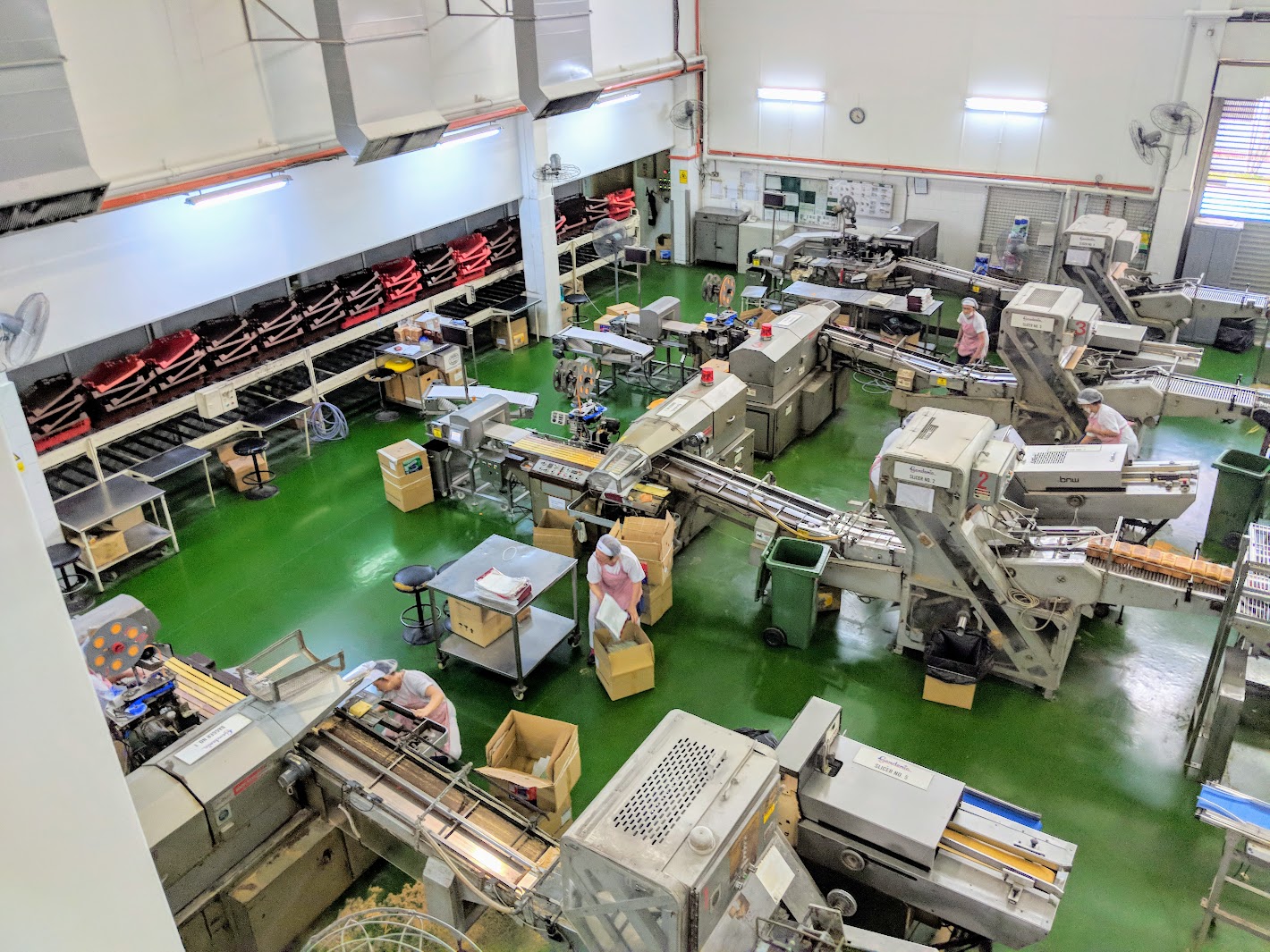What is Fulfillment Rate in Manufacturing?
Fulfillment or fill rate refers to the percentage of customer orders that are produced, assembled, and delivered within the agreed-upon timeframe. It measures the capability of a manufacturing company to meet its order commitments reliably and on time.
A high fulfillment rate indicates efficient and reliable operations, where customer orders are delivered on time and in full, leading to enhanced customer satisfaction and competitive advantage.
A low fulfillment rate indicates inefficiencies and reliability issues, where customer orders are frequently delayed or incomplete, leading to decreased customer satisfaction and potential loss of business.
Industry Benchmark
Although fulfillment rate standards can vary depending on the specific manufacturing sector, a commonly accepted benchmark is around 95% to 98% (interesting fact: the airline food catering business has a target fulfillment rate as high as 99.9%!).
How to Calculate Fulfillment Rate in Manufacturing
Calculating the fulfillment rate in a manufacturing setting involves a few key steps. The basic formula remains the same:
Here’s are the variables for the equation:
- Time Frame: Choose the period for which you want to measure the fulfillment rate. This could be daily, weekly, monthly, or quarterly, depending on your production cycles and business needs.
- Orders Fulfilled: Identify the total number of orders that were successfully produced and delivered within the specified time frame.
- Total Orders: Determine the total number of orders received during the same period. This includes all customer orders placed, regardless of their fulfillment status.
For example, if a manufacturer received 1,200 orders in a month and successfully fulfilled 1,080 of them, the fulfillment rate would be:
The Importance of Fulfillment Rate in Manufacturing
- Customer Satisfaction and Retention: Customers rely on manufacturers to receive their orders as promised, to ensure product is available for sale when required (and prevent loss of sale due to lack of product!) .
- Operational Efficiency: Monitoring the fulfillment rate helps manufacturers identify and address inefficiencies in their operations.
- Inventory Management: A high and reliable fulfillment rate means that manufacturers have sufficient finished goods to meet demand without overstocking.
- Competitive Advantage: A high fulfillment rate can differentiate a company from its competitors. Manufacturers that consistently meet delivery commitments are more likely to win contracts, retain customers, and build a strong market reputation.
Key Challenges in Monitoring & Achieving Fulfillment Targets
- Data Reliability: Inaccurate data can result from manual entry errors, system malfunctions, or inconsistencies in data collection processes, leading to flawed analysis and decision-making.
- Real-Time Data Access: Having real-time access to production data is essential for timely monitoring. Delays in data updates can hinder the ability to identify and address issues promptly.
- Integration of Systems: Manufacturing processes often involve multiple systems (ERP, Production Planning, IIoT and WMS). Ensuring seamless communication between systems is challenging but necessary for accurate monitoring.
- Complex Supply Chains: Modern supply chains involve multiple suppliers, distributors, and logistics partners. Coordinating and tracking all these elements to ensure timely delivery can be difficult.
- Variability in Demand: Fluctuations in customer demand can make it challenging to maintain high fulfillment rates. Sudden spikes in orders can strain production capacities and inventory levels, leading to delays and stockouts.
- Workforce Management: Issues such as absenteeism, insufficient training, and low morale can negatively impact performance and fulfillment rates.
Potential Solutions
- Leverage Technology & Data Analytics: Use real-time technologies such as Industrial IoT (Internet of Things) to accurately and automatically capture data (directly from machines), monitor production processes, identify bottlenecks, predict maintenance needs, and optimize operations. This ensures Short-Interval-Control (SIC) can be done as well.
- Adopt Lean Manufacturing Practices: Implement lean manufacturing principles to streamline production processes, reduce waste, and improve efficiency. Lean practices can help in achieving consistent and high fulfillment rates.
- Invest in Workforce Development: Provide regular training and development programs for employees to enhance their skills and productivity. A motivated and well-trained workforce is essential for maintaining high fulfillment rates.
- Optimize Inventory Management: Implement inventory management best practices, such as just-in-time (JIT) inventory and safety stock levels, to balance inventory costs with the need to meet customer demand promptly.
- Improve Demand Forecasting: Improved forecasting can help in better planning production schedules and inventory levels.
- Strengthen Supplier Relationships: Build strong relationships with suppliers and logistics partners to ensure reliable and timely delivery of materials and products.
- Enhance System Integration: Invest in robust IT infrastructure to ensure seamless integration between ERP, MES, and WMS systems and enhance visibility across the supply chain.
Conclusion
Achieving and maintaining a high fulfillment rate in a factory is a complex task that involves overcoming various challenges in monitoring and execution. By addressing timely and accurate data, inventory management, and workforce development, manufacturers can enhance their fulfillment rates and ensure timely delivery to customers. Leveraging advanced technologies and fostering strong supplier relationships are also critical components of a successful fulfillment strategy.





